is tiger eyes sumac poisonous
I have had a tiger eyes sumac for 5 years. Poison sumac is not edible and like any foraged plant or shroom you should be 110 sure of what youve found before eating it.

Tiger Eyes Cutleaf Staghorn Sumac First Editions
It often grows in swamps bogs or wetlands sometimes with the roots and lower stems completely submerged.

. Birds love it and the fruits can be used for everything from dyes to. It is considered to be a superior landscape plant to Laciniata as well as to the species Rhus. Height 16 feet 5 m Exposure full sun Soil ordinary.
It is one of the most common allergies in humans with as many as 85 percent of us being reactive. Plant Tiger Eyes sumac in well-drained soil and full to part sun. Not all sumacs are poisonous.
They have a fairly limited range of growth limited mostly to the eastern 13 of the country as illustrated in the maps above. Water the Tiger Eyes shrubs to a depth of about 6 inches during their first two or three growing seasons whenever the top 3 inches of soil around the base of each plant dries. Most sumac shrubs are quite harmless nonpoisonous and potentially desirable landscaping elements which is another reason why you should identify poison sumac properly.
The first reason is that most people act shocked when you mention Sumac because the first thing that comes to mind is Poison Sumac. Several Great Choices The most popular sumacs for landscape use are winged staghorn and smooth sumac either the native wild species or specially-bred cultivated varieties such as the golden leaf Tiger Eye sumac. The taste is said to be sour and much like lemon.
Smooth Sumac has none of the hair on the leaves. Changing with each season Tiger Eyes starts out chartreuse in spring turns bright yellow in summer and blazes scarlet-orange in the fall. Rhus typhina Bailtiger PP16185.
This unusual Sumac has purplish-pink stems displaying exotic cut-leaf foliage. It grows in many parts of the world in North America Europe Middle East and the Mediterranean. Tiger Eyes is more compact than the species and is not.
The berries ripen in summer and tend to be wet and sticky when ripe. Staghorn sumac is a large treelike shrub native to the eastern edge of Minnesota Wisconsin and much of southeastern Canada. It is a very showy shrub with striking orange and scarlet fall color.
Shining Sumac has wings on the rachis and is so shiny it looks like the leaves have been waxed. One cultivar of Staghorn Sumac that has become very popular in recent years is Rhus typhina Baitiger PP16185 - First Editions Tiger Eyes Cutleaf Sumac. Name Rhus typhina Family Anacardiaceae Type shrub.
Typhina Bailtiger PPAF is a valuable addition to the landscape. However it is not a good choice for killing mold. No reported toxicity to.
Tiger Eyes a 2004 release from Bailey Nurseries is a big departure from the typical staghorn sumac. This golden-leaved dwarf slow-spreading selection R. Rhus Tiger Eyes has no toxic effects reported.
Sumac has upright fruit clusters usually red and covered in a velvet fuzz. It tolerates poor soils quite well thrives in clay and is drought tolerant once established. Poison sumac is a shrub or small tree differentiated from the common sumac staghorn sumac Rhus typhina growing along US.
It was discovered in a cultivated nursery setting in July of 1985 as a whole plant mutation of R. No reported toxicity to Birds. Tiger Eyes is a beautiful golden-leafed form of cutleaf staghorn sumac.
An employee of the nursery discovered this mutation of Laciniata among a stand of other sumacs at the nursery. While Poison Sumac is some nasty stuff the type of Sumac I used is not poisonous at all. Typhina Bailtiger Tiger Eyes cultivar provides year-round color in US.
Prune when the canes are still leafless and before new buds begin to form. To identify poison sumac look for a shrub or tree that has fairly sparse leaves compared to most plants. Sumac grows all over the world in North America Europe Middle East and the Mediterranean.
Bleach is poisonous and toxic. TIGER EYES is a dwarf golden-leaved staghorn sumac cultivar that typically matures to only 6 tall and as wide. There are 250 geniuses of Sumac which can grow anywhere from four to 35 feet in size.
List of key staghorn tree facts. Tiger Eyes Staghorn Sumac shrubs have chartreuse leaflets changing to yellow contrasting with pink stems. The Tiger Eyes staghorn sumac R.
The best time to prune Tiger Eyes staghorn sumac is late winter or early spring. There is no reason to pass up the great fall color of nonpoisonous sumac simply because they have sumac in their common name. This deciduous shrub is treasured for its.
Avoid wetting the shrubs leaves especially in evening. The toxin in poison oakivysumac is an oil called urushiol. If you look closely at the leaves poison sumac has upward pointing leaves and.
Tiger Eyes shrubs tolerate drought only after they are established in their location. Rhus typhina Tiger Eyes Tiger Eyes Sumac Easy to grow Large foliage fronds emerge early spring Foliage starts chartreuse and matures to bright non-burning yellow Fall foliage is a brilliant scarlet Non-poisonous plant Pinkish colored stems. You can use bleach to kill any number of living organisms.
New growth is a lively chartreuse green quickly changing to yellow with both colors contrasting nicely with the rosy-pink leaf stems. You will not find poison sumac growing up on high dry hillsides where non-poisonous ornamental kinds typically grow. It has stunning bright gold summer.
Department of Agriculture plant hardiness zones 4. Highways and roads in. Foliage deciduous Flowering June to August.
Whats a sumac tree. Its found very appealing for its fuzzy red fruit clusters but sometimes becomes. Sumac clusters are called drupes.
Staghorn sumac also called vinegar sumac is a short tree that grows in a roundish shape. Poison sumac Toxicodendron vernix or Rhus vernix is typically found in very wet areas. Heres the description of Tiger Eyes sumac from the PHS site.
Tiger-eye Sumac Rhus typhina The Sumac itself is not a well-known variety for bonsai. The branches angle upward while the deeply cut leaflets drape downward. Maybe it slows up once established.
The Tiger Eyes Sumac is an excellent and superior landscape shrub because of its unique yellow leaves and dwarf size. The 2nd 3rd years it seemed to want to sucker more then the last couple of years. Tall with an umbrella habit as it matures stagorn or cutleaf sumac is a great choice for larger wilder landscapes.

Sumacs The Good The Bad The Beautiful Kb Johnson S Nursery

Tiger S Eye Sumac In My Neighbors Yard Is Lit R Marijuanaenthusiasts

A Sumac For All Seasons Knecht S Nurseries Landscaping
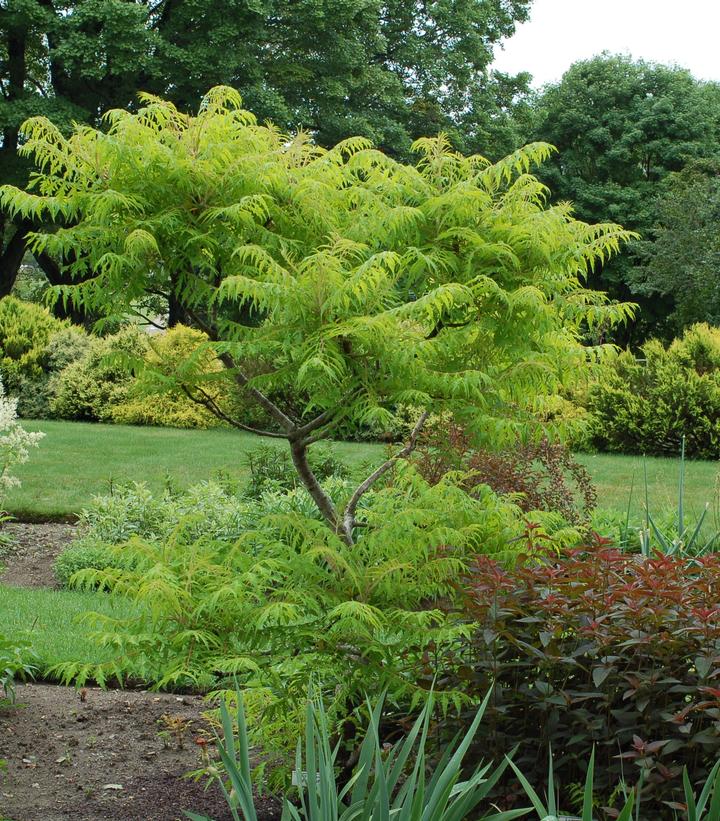
Rhus Typhina Tiger Eyes Tiger Eyes Sumac From Prides Corner Farms
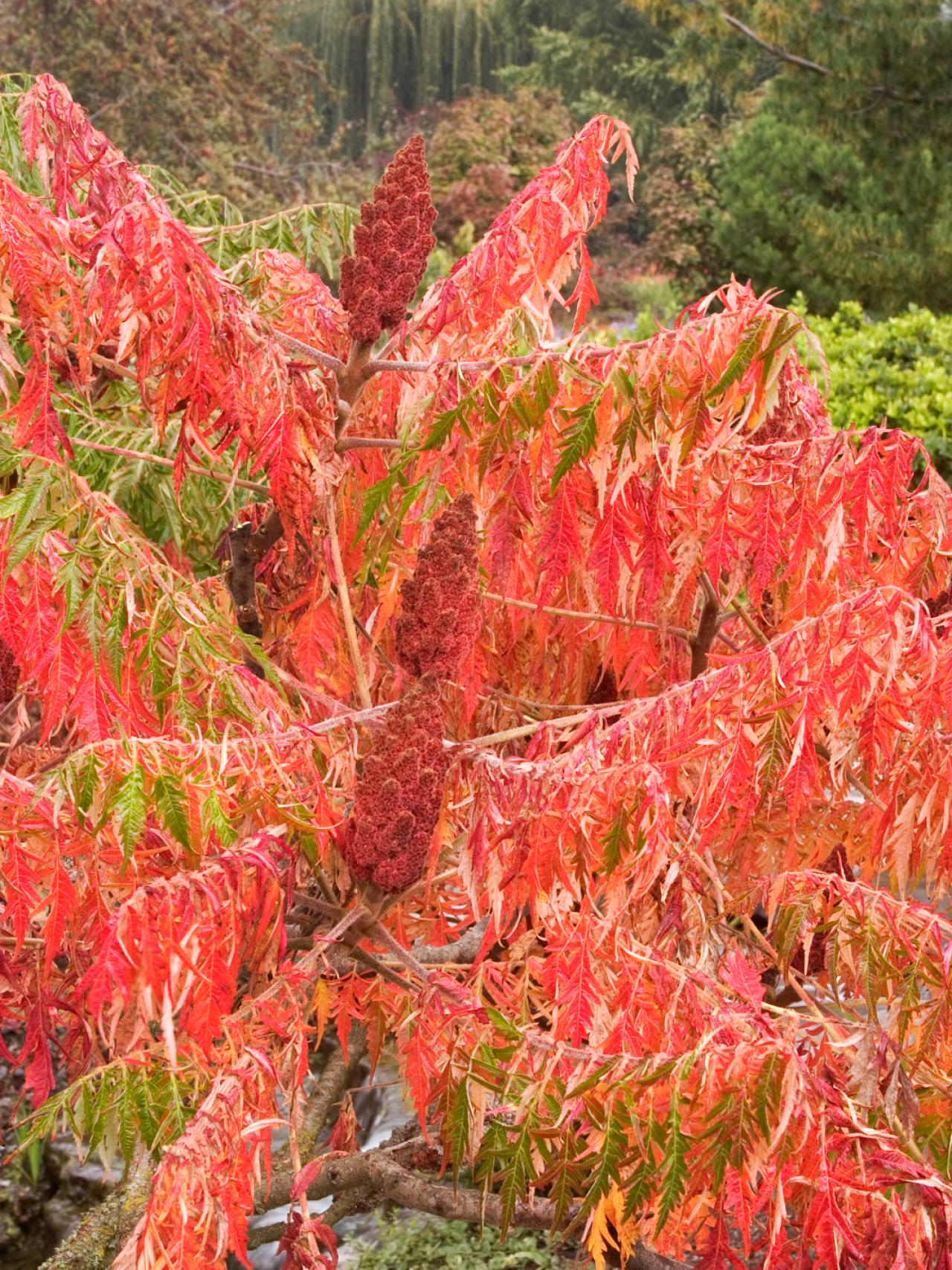
Sumac Trees Are Unsung Garden Trees Hgtv

Rhus Typhina Tiger Eyes Bbc Gardeners World Magazine
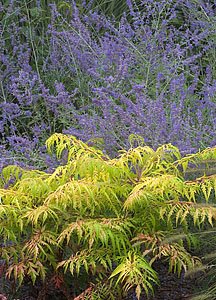
Country Gardener Gold Medal Plant Tiger Eyes Sumac

A Sumac For All Seasons Knecht S Nurseries Landscaping

Sumac And Its Uses Berries Forum At Permies

Plant Profile Tiger Eyes Sumac
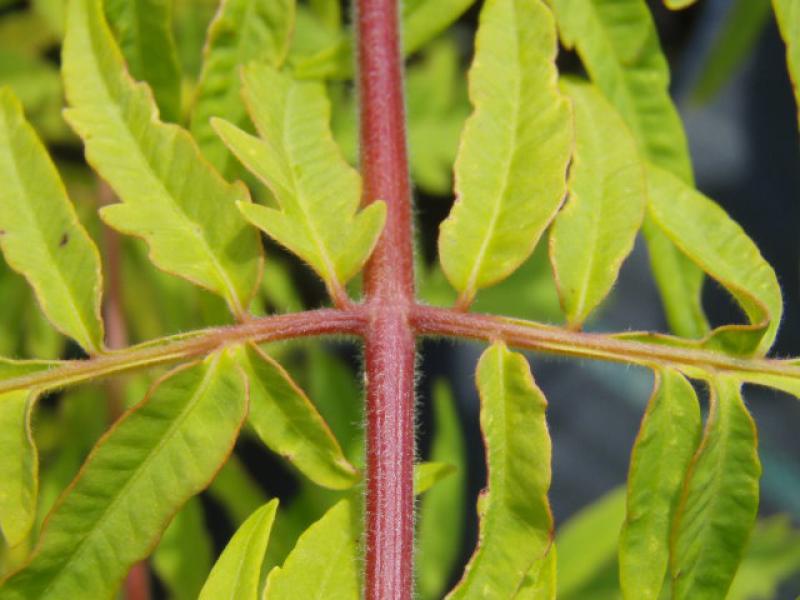
Baumschule Eggert Blutenstraucher Baumschulen Heckenpflanzen Essigbaum Tiger Eyes Rhus Typhina Tiger Eyes Direkt Von Der Baumschule Bestellen

Rhus Typhina Tiger Eyes Bailtiger Tiger Eyes Cutleaf Staghorn Sumac Plants Plant Life Garden Plants
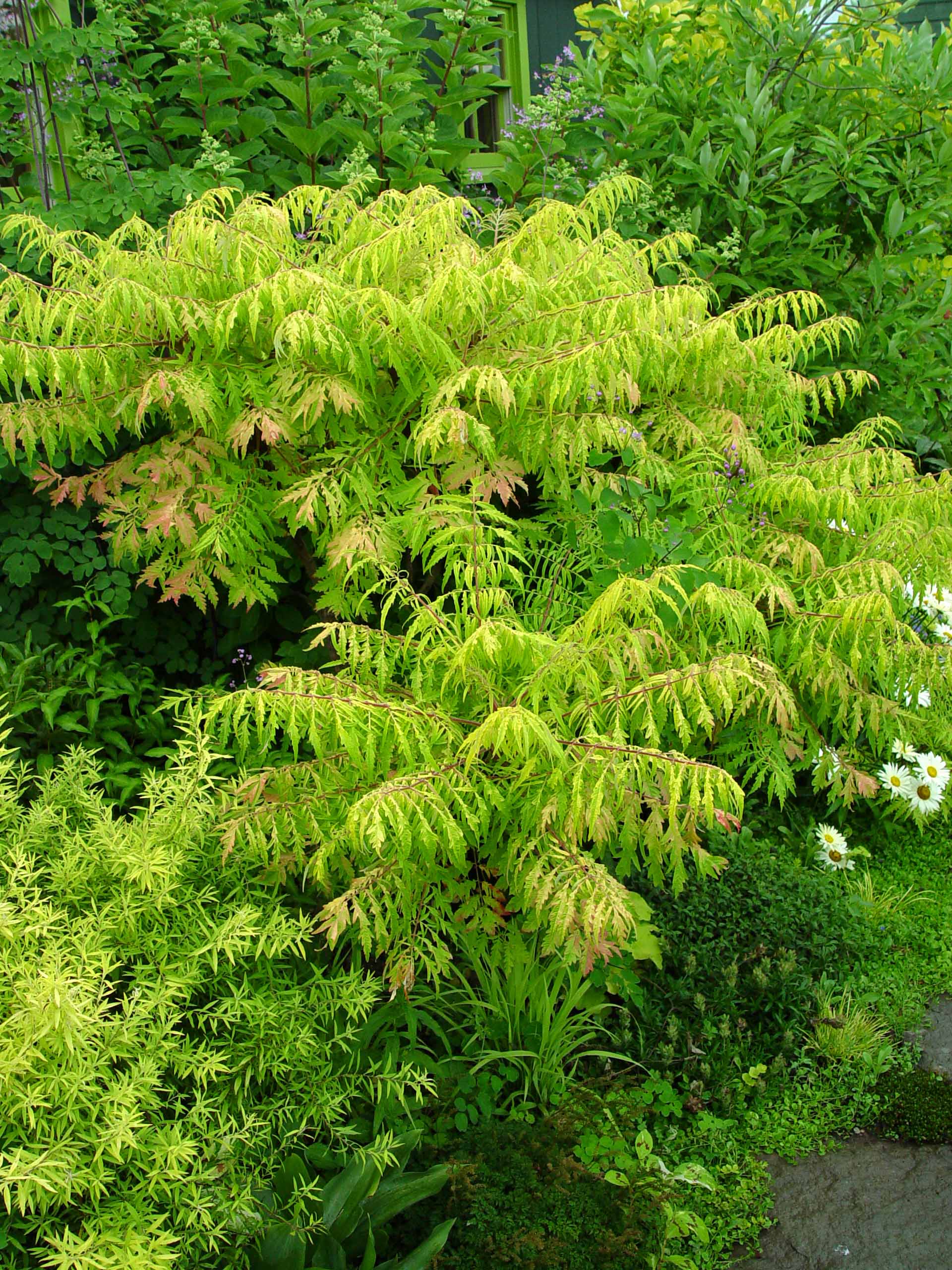
Sumac Tiger Eyes Garden Housecalls
Tiger Eyes Sumac Far Less Aggressive What Grows There Hugh Conlon Horticulturalist Professor Lecturer And Gardener
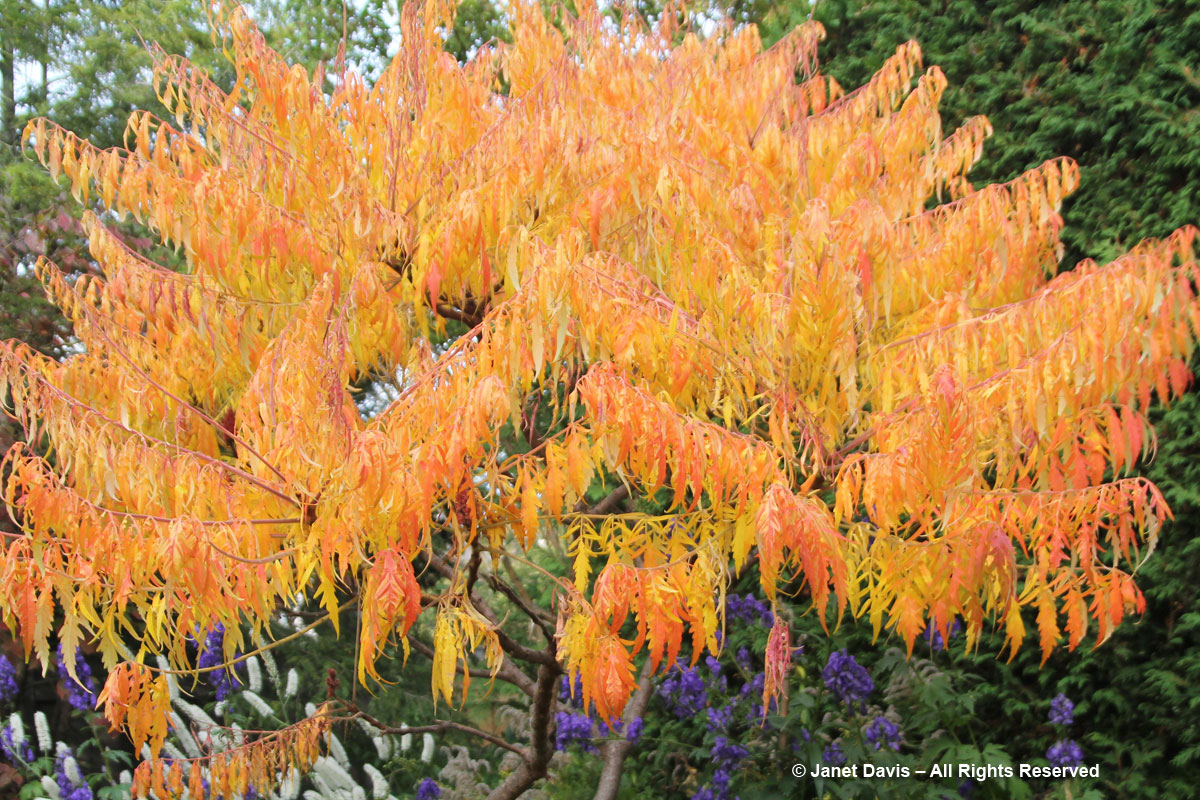
October 2017 Janet Davis Explores Colour
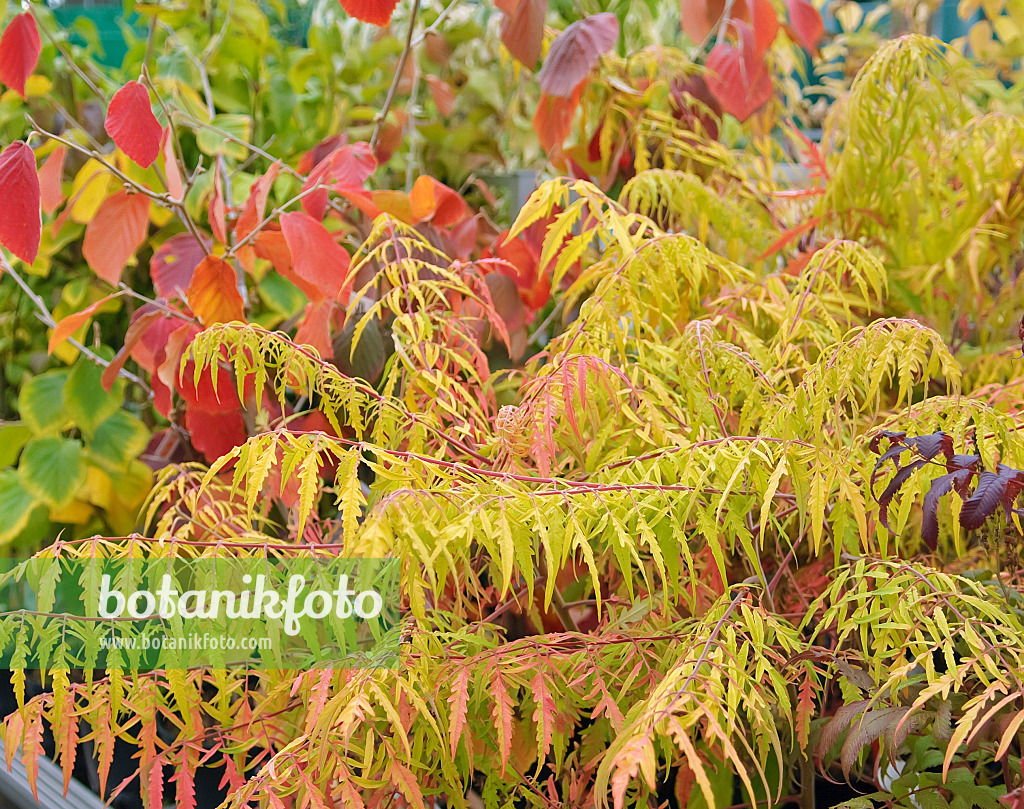
Image Stag S Horn Sumach Rhus Hirta Tiger Eyes Syn Rhus Typhina Tiger Eyes 502408 Images Of Plants And Gardens Botanikfoto

Sumac Tree Cultivation Care Varieties Plantura

Rhus Typhina Staghorn Sumac North Carolina Extension Gardener Plant Toolbox